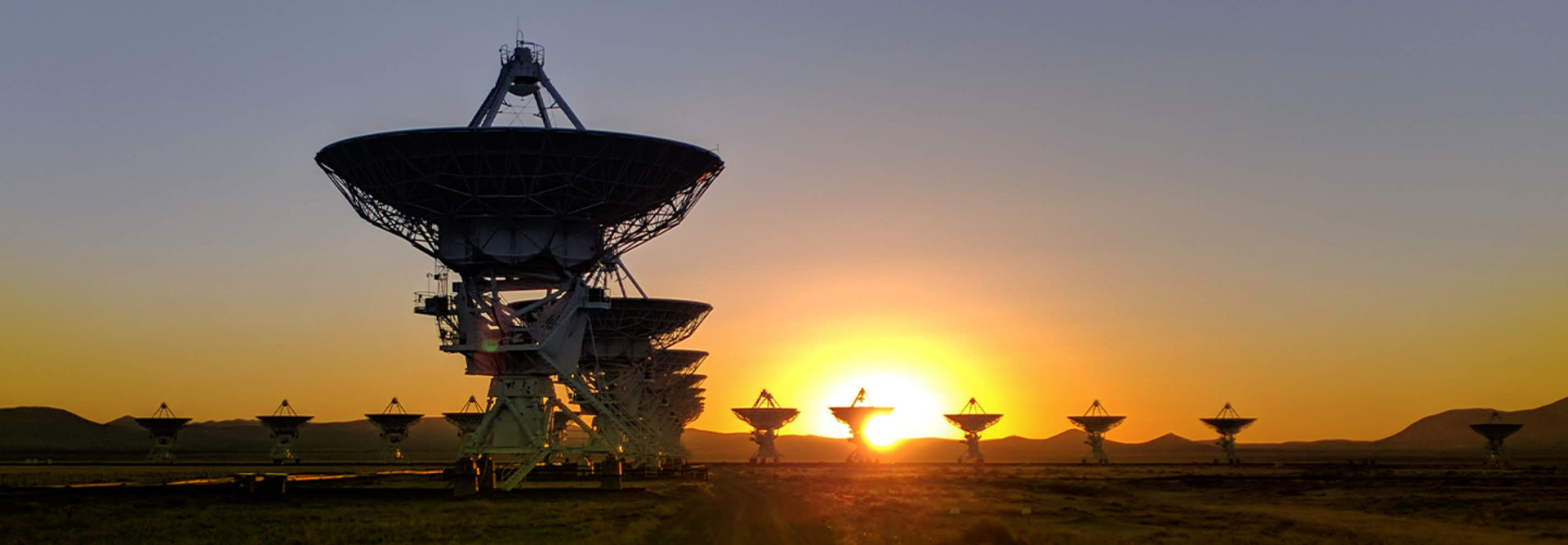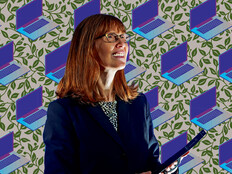For many federal agencies who want to show off the visually spectacular aspects of their missions, webcams provide the only means for citizens to view these hidden treasures of the natural world — as well as remarkable human creations.
For instance, the den at the Smithsonian’s National Zoo where giant panda Mei Xiang gave birth last August, and where she and baby Xiao Qi Ji spent most of their time until the youngling became more mobile, is a room that in-person visitors to the zoo can’t access. But the zoo’s Panda Cam provides views to thousands of virtual visitors a day.
The hundreds of federal webcams have taken on a special importance as COVID-19 continues to limit access to visitors at many federal sites; the cams allow the public to become virtual tourists instead.
READ MORE: Become an Insider and get additional details on how federal agencies deploy and maintain their popular webcams.
Unusual Locations Make Webcam Maintenance a Challenge
The nesting eagles at the U.S. Fish and Wildlife Service’s National Conservation Training Center (NCTC) in West Virginia perch in trees about 100 feet above the ground, where not even trained staff can get a good look at what’s going on.
“It was very difficult, if not impossible, to see into a bald eagle’s nest,” says Randy Robinson, an instructional systems specialist with the service. “The webcams and the associated technology opened up a whole new world.”
In New Mexico, the National Radio Astronomy Observatory has closed its Very Large Array Radio Telescope to the public during the pandemic, preventing access to astronomy aficionados who would normally make treks to see the giant antennas in person.
Movies such as Contact, starring Jodie Foster, have prominently featured the array and made them a destination. The VLA webcam provides a still image of the telescopes that updates every 15 seconds.
The antennas fan out in a Y shape in three directions, and the VLA cam is perched about three-quarters of a mile down the southwest arm from the center of the array. Depending on the configuration of the array, which changes periodically, viewers can see all or most of the antennas — spread out over more than 20 miles — as they tilt and turn.
The telescope array is located about 130 miles southwest of Albuquerque, in the middle of the desert. Out-of-the-way locations like that might make the webcams more exciting for viewers, but they’re also more challenging for the operating agencies to manage.
Jim Renfro, air resource specialist for the National Park Service at Great Smoky Mountains National Park, says that the biggest operational obstacle is geographic, not technological. The park’s webcams monitor the air quality, level of pollution and clarity at different viewing spots.
Many of the cameras in the 522,000-acre park — located on the Tennessee-North Carolina border — live sky-high, mounted on towers or lookout points on top of mountains. The camera on Clingmans Dome (elevation 6,643 feet, the highest point in the park) is solar powered, because it’s too far from any facility to be wired for electricity.
“You’re doing this in some of the most remote areas of the country,” Renfro says. “And when you might have to go out and work on them, it’s snowing, it’s raining, it’s windy.”
Agencies Must Make Sure Webcams Don’t Interfere with Nature
To swap out equipment or do repairs to the eagle cam, the NCTC team waits until October or November, when the baby birds have long since left the nest and the adults are starting to wind down their nesting activity for the winter.
A professional tree service comes out to climb the 100-foot-tall sycamore tree to reach the camera there. And if a storm takes out the eagle cam in the middle of nesting season, repairs — and the eagle fans — will have to wait.
“We wouldn’t disturb the birds to appease the public,” Robinson says.
The VLA scientists had a different concern when the webcam was first proposed: the possibility that the webcam itself might interfere with the ultrasensitive antennas.
The array receives signals from nebulae, stars and any object or matter that radiates radio frequency energy and gives off heat. The webcam is one of those objects.
Any digital device is an “unintentional transmitter,” says Dan Mertely, the RFI engineer for the Very Large Array, noting that such devices emit heat and send radio waves.
Before installing the webcam, Mertely tested it in the reverberation chamber at the agency’s headquarters in Charlottesville, Va., to find out how much radio frequency it put out. He discovered that the camera would have to sit about 500 meters away from the antennas to avoid interference.
To get the webcam closer to the array, Mertely built an aluminum box and sealed it to keep the escaped radio frequency energy at a minimum. A plastic film shield over the hole for the lens lets optics reach the camera but reduces any signal going back out.











